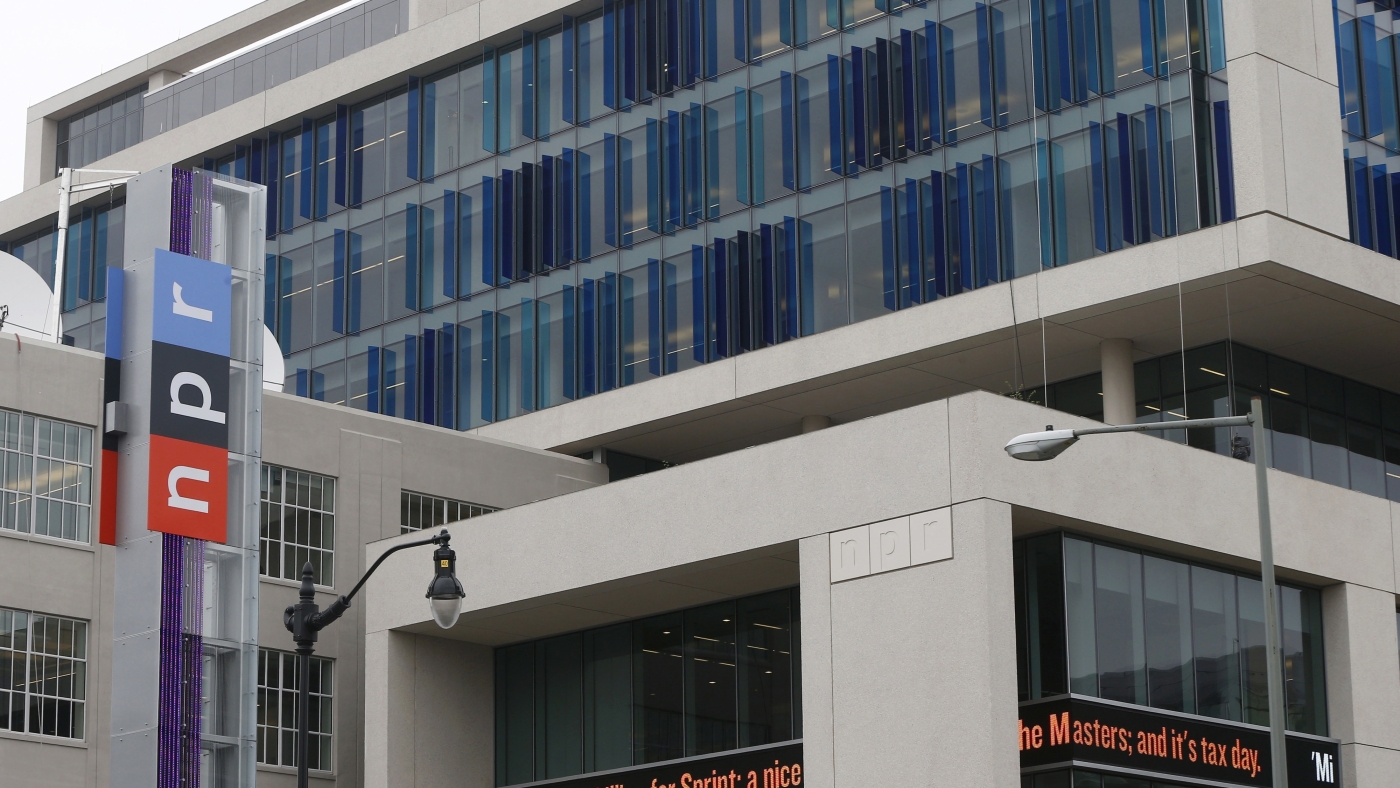Introduction
In the ever-evolving landscape of American media, few events have sparked as much debate and concern as President Donald Trump’s executive order to defund National Public Radio (NPR) and the Public Broadcasting Service (PBS). This directive, aimed at ceasing all federal funding to these public broadcasters, has far-reaching implications that extend beyond financial losses, touching on the very fabric of journalistic integrity and public media’s role in democracy. Let’s delve into the complexities of this issue, exploring the order’s directives, the rationale behind it, and the potential consequences for public broadcasting and society at large.
The Executive Order and Its Directives
The executive order is a decisive move that instructs the Corporation for Public Broadcasting (CPB) and other federal agencies to halt all forms of funding to NPR and PBS. This includes both direct subsidies and indirect funding through grants to local stations. The order mandates a comprehensive review of existing grants and contracts to ensure compliance with the new directive. Furthermore, the CPB is required to revise its 2025 General Provisions to explicitly prohibit any funding to these broadcasters. This sweeping change aims to significantly alter the financial landscape of public broadcasting in the United States.
The Rationale Behind the Order
The administration’s primary justification for the funding cuts is the alleged “bias” in the reporting of NPR and PBS. Conservatives have long accused these networks of exhibiting a left-wing bias and promoting “woke” programming. This executive order is part of a broader strategy to target traditional media companies that the administration perceives as biased against it. By using federal funding as leverage, the administration seeks to influence media coverage and align it more closely with its political agenda. This move underscores the ongoing tension between the government and independent journalism.
Financial Impact on NPR and PBS
Federal funding is a crucial component of the budgets for both NPR and PBS. For PBS, federal funding constitutes about 15% of its annual revenue, while for NPR, it is approximately 1%. Although these percentages may seem modest, the loss of this funding would be devastating, particularly for smaller and rural stations that rely heavily on federal support. PBS CEO Paula Kerger has warned that the cuts could lead to the closure of many local stations, thereby reducing access to public broadcasting in underserved areas. The financial strain would force these organizations to seek alternative funding sources, potentially compromising their editorial independence and programming quality.
Legal and Political Challenges
The executive order is poised to face significant legal and political challenges. The CPB has already taken legal action against the administration after Trump attempted to remove three board members, arguing that he does not have the authority to do so. Additionally, the implementation of the order requires congressional approval, which is far from guaranteed. The political landscape is divided, with some conservatives in Congress supporting the cuts, while others remain skeptical. This legal and political tug-of-war will likely shape the future of public broadcasting in the United States, determining whether NPR and PBS can continue to operate as they have for decades.
The Broader Implications for Public Media
The potential defunding of NPR and PBS raises critical questions about the future of public media in the United States. Public broadcasting has long been a cornerstone of American journalism, providing in-depth reporting, educational content, and cultural programming. The loss of federal funding could lead to a decline in the quality and availability of these services, impacting millions of Americans who rely on public media for news and entertainment. This decline would not only affect the content but also the diversity of voices and perspectives that public broadcasting aims to represent, potentially leading to a more homogenized media landscape.
The Role of Public Broadcasting in Democracy
Public broadcasting plays a vital role in maintaining a healthy democracy. It provides a platform for diverse voices and perspectives, ensuring that a wide range of viewpoints are represented. By defunding NPR and PBS, the administration risks weakening this democratic institution, potentially leading to a more polarized and less informed public. Public broadcasting serves as a bulwark against misinformation and propaganda, offering reliable and unbiased information to the public. The erosion of this institution could have profound implications for the democratic process, making it more susceptible to manipulation and division.
The Public’s Reaction
The public’s reaction to the executive order has been mixed. Supporters of the administration view the move as a necessary step to combat perceived bias in the media. However, many critics argue that the order is an attempt to silence independent journalism and undermine the integrity of public broadcasting. The debate has highlighted the deep divisions within American society regarding media trust and political influence. This polarization reflects the broader challenges facing American democracy, where trust in institutions and the media is increasingly eroded by partisan rhetoric and misinformation.
Conclusion: A Pivotal Moment for Public Media
The executive order to defund NPR and PBS marks a pivotal moment for public media in the United States. As the legal and political battles unfold, the future of public broadcasting hangs in the balance. The outcome of this debate will have lasting implications for the quality and availability of public media, as well as the broader landscape of American journalism. The public must remain engaged and informed, recognizing the critical role that public broadcasting plays in a democratic society. The fight for the future of NPR and PBS is not just about funding; it is about preserving the principles of independent journalism and ensuring that all Americans have access to reliable and diverse sources of information. This moment calls for vigilance and advocacy, as the decisions made today will shape the media landscape for generations to come.

